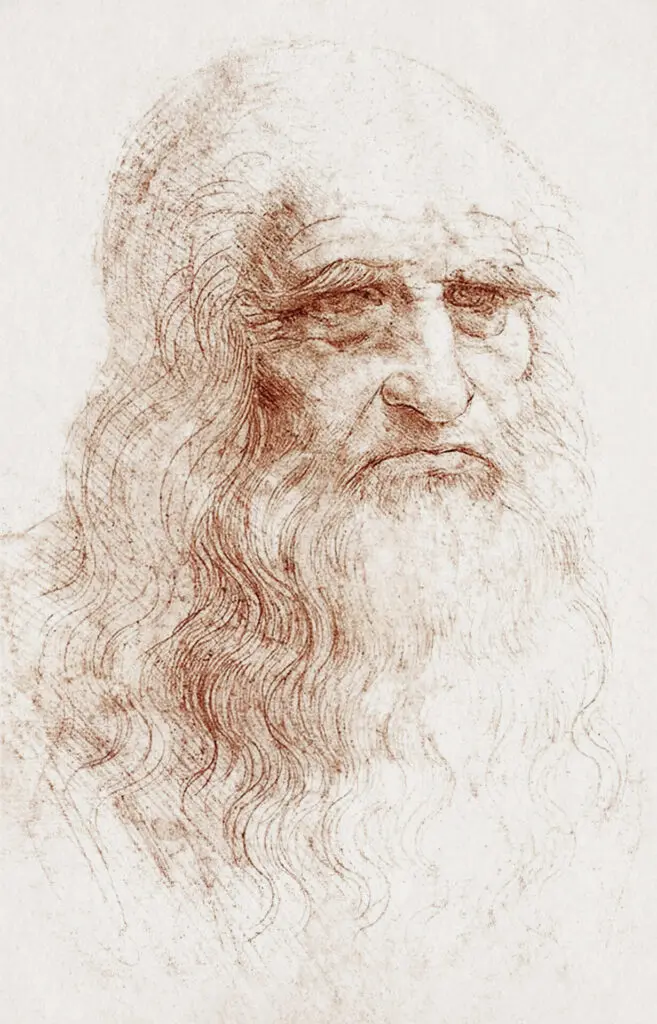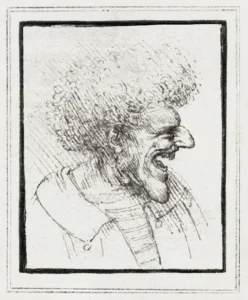Self-portrait (1512)
The Self-portrait attributed to Leonardo da Vinci is a remarkable red chalk drawing created around 1512, showcasing the artist's superb mastery of chiaroscuro and hatching techniques. Depicting an elderly man marked by age with a thoughtful expression, the artwork embodies Renaissance values and the evolution of the human condition. While widely regarded as a likeness of da Vinci himself, debates persist about the true identity of the sitter, elevating its status in art discussions.
Early 16th Century, around 1512
About the Artwork
Did You Know
Liked what you see? Add it to your collection.
Enjoyed reading? Share it.
... continued
Medium and Technique
The self-portrait is drawn in red chalk on paper, measuring 33.3 cm x 21.3 cm (or 13.1 in x 8.5 in). It showcases Leonardo's mastery of chiaroscuro, using light and shadow to create depth, and employs hatching techniques to define the features of the subject.
Appearance and Subject
The drawing depicts an elderly man with long, wavy hair and a long beard, which were uncommon in Renaissance portraits and symbolized wisdom and sagacity. The face is marked by deep lines on the brow, pouches below the eyes, and a somewhat aquiline nose. The eyes are heavily shaded, and the eyebrows are bushy, contributing to an enigmatic expression.
Attribution and Controversy
While widely accepted as a self-portrait of Leonardo da Vinci, created when he was around 60 years old, there is ongoing debate about the true identity of the sitter. Some scholars argue that the subject appears older than Leonardo would have been at the time, suggesting it could be a representation of his father, Piero da Vinci, or his uncle, Francesco, who both lived into their 80s.
Historical Context and Significance
The drawing is housed in the Royal Library of Turin and has been extensively reproduced, influencing the public's perception of Leonardo da Vinci's appearance. It was temporarily moved to Rome during World War II to protect it from the Nazis and has since been the subject of various studies and analyses.
Artistic and Cultural Implications
The portrait reflects Renaissance humanist values, emphasizing the significance of the individual and the natural evolution of life. It also highlights Leonardo's passion for realism, as he depicted the subject with wrinkles and other signs of aging, aligning with his detailed studies of the human body.









